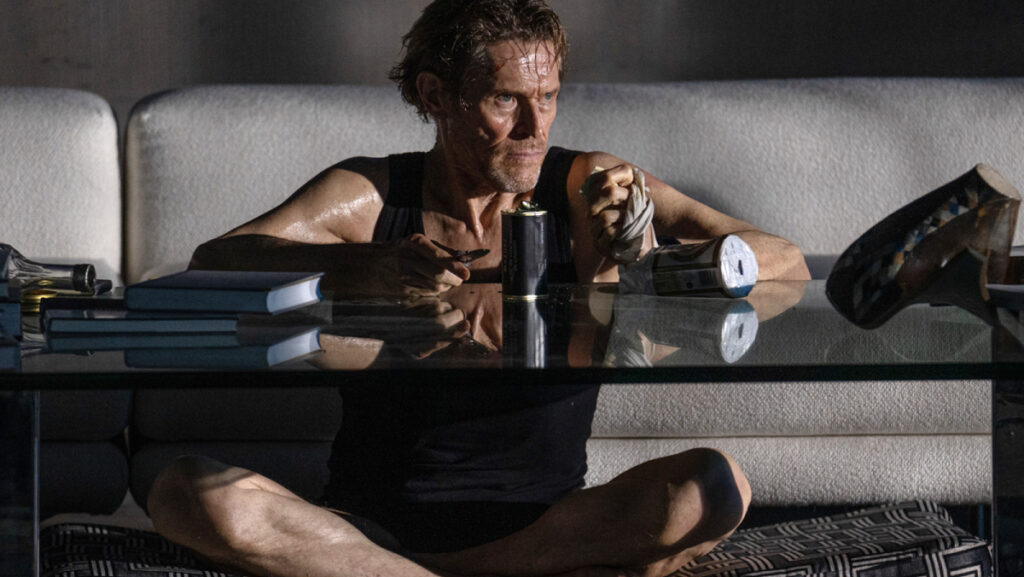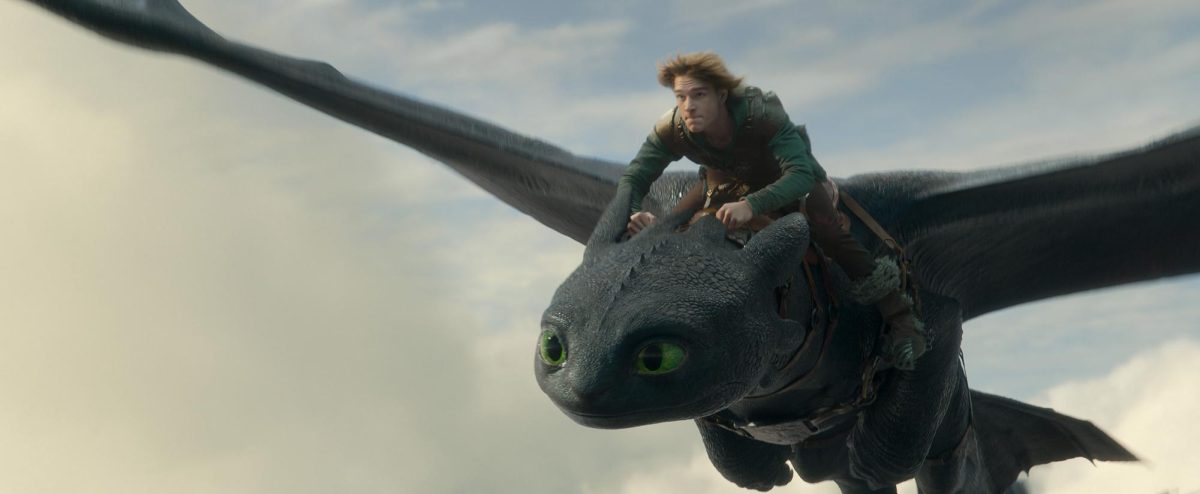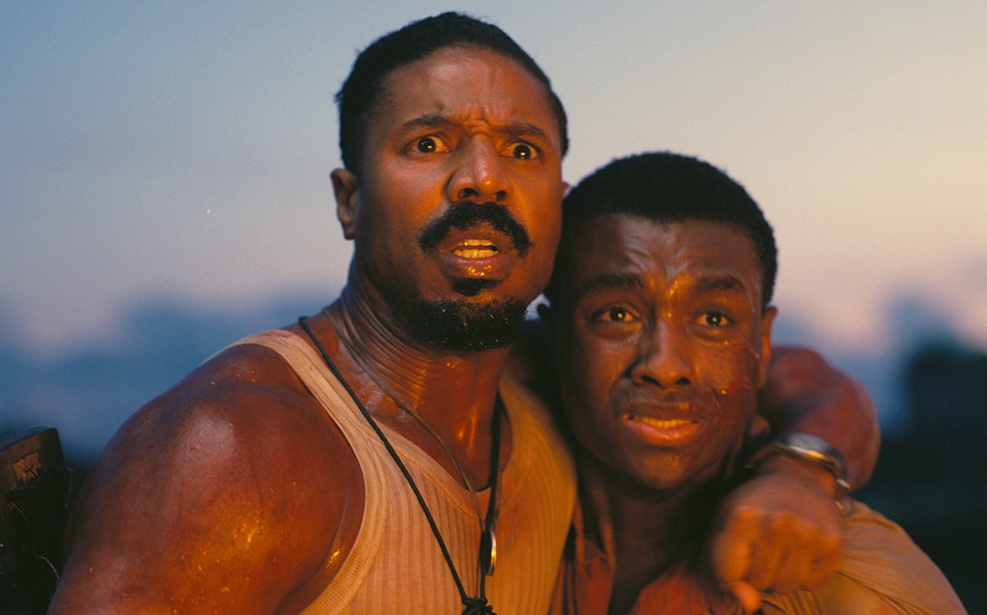What is the true worth of art and how do people value it? When left alone to survive in a dire situation, does art have any real purpose?
Director Vasilis Katsoupis attempts to tackle these profound questions and more in his debut feature “Inside,” a stark meditation on the purpose of art and isolation. However, despite its big thematic ideas and careful plotting, the film is mostly a slog to get through.
The protagonist of the story, Nemo (Willem Dafoe), is a high-end art thief in the midst of a heist. He intends to steal expensive pieces from the luxury apartment of a rich art collector. His escape plan is hindered, though, when there is a glitch in the security system that seals the apartment shut. Now, he is all alone after his partner abandoned him, and he must try and survive in this luxury apartment suite. At first glance, that does not seem too difficult. After all, it’s a multi-million dollar penthouse in Times Square. But with a shut-off water supply and a broken thermometer, all Nemo has is some expensive art pieces. Nothing but painting, sculpture, photographs and video installations to keep him company.
What keeps “Inside” from being a superb metaphorical analysis of art and its role in the human experience is its tedious pacing and lack of true substance throughout most of its runtime. Removing the context of the film’s setting and its meaning, it is a pretty standard survival narrative. Nemo must find food and water any way he can, and deal with harsh temperatures. He must also fill the void of his isolation, which he does by obsessing over a housekeeper (Eliza Stuyck) who he watches over the security camera footage that plays on the television. The film moves slowly through these plot beats, as the thermometer goes from hot to cold and back to hot, it drones on and on with very little being revealed. While the slow pace definitely helps capture the feeling of entrapment that Nemo is experiencing, what is happening on screen is so monotonous that it becomes more of a detriment to the film’s success. Take other survival movies like “Cast Away” (2000) or “127 Hours” (2010), for example. These films do a much better job at fleshing out their protagonist and creating a logical flow to their narrative, making it much easier to get sucked into their world. The setup for these thematic elements is clever, but there is so much missing from this story and its main character to really drive any of its points home.
Casting Dafoe as a man descending into madness was a smart decision, as a role like this is right up his alley. It is clear he was given free rein to play around with this character, and his performance here is quite powerful. However, it almost feels a little too familiar at times, harkening back to his performance as a deranged lighthouse keeper in “The Lighthouse” (2019) or even his iconic supervillain role as the Green Goblin in “Spider-Man” (2002). It is almost as though this casting choice inadvertently hurt the film by making it feel less stand-out from other Dafoe roles.
The cinematography of the film is one of its more admirable qualities. The way cinematographer Steve Annis chose to light and frame each scene within the house feels so purposeful, adding to the overall intensity of the film. The shock value is also helped by the superb production design of the apartment, with its pristine and expensive look being the perfect groundwork for Dafoe to completely tear apart.
By the end of the film, Dafoe leaves the viewer with a somber statement, saying that there is “no creation without destruction,” while also remarking that “art is for keeps.” It is clear that Katsoupis did not want to resort to some happy and unambiguous ending, which is admirable. Instead, he gives the audience something to chew on and ponder about for days after the film is over. Therefore, it makes it even more frustrating that the rest of the movie is mostly forgettable, and there is little leading up to its big statement of a finale to feel earned. There are definitely going to be some people that get more out of the themes and messages of “Inside.” Even so, it is hard to shake the feeling that the majority of the film was a repetitive and lifeless endurance test with a lot of wasted potential.





















